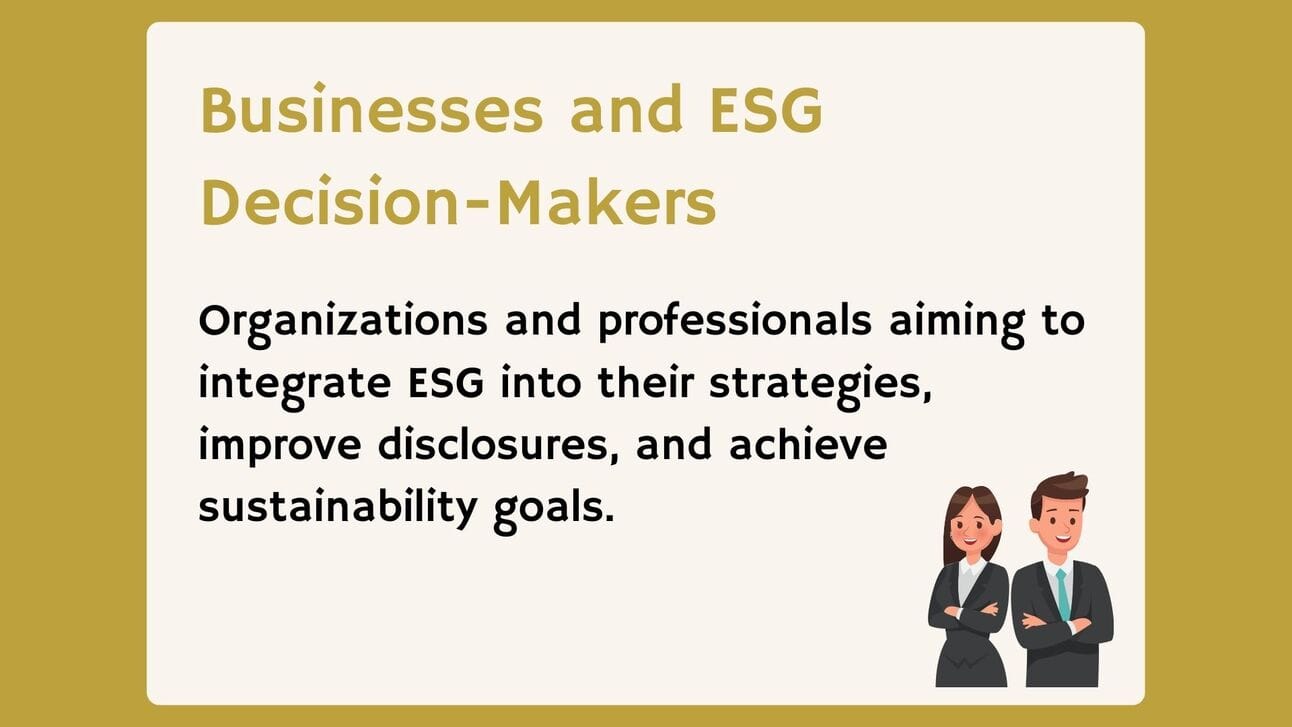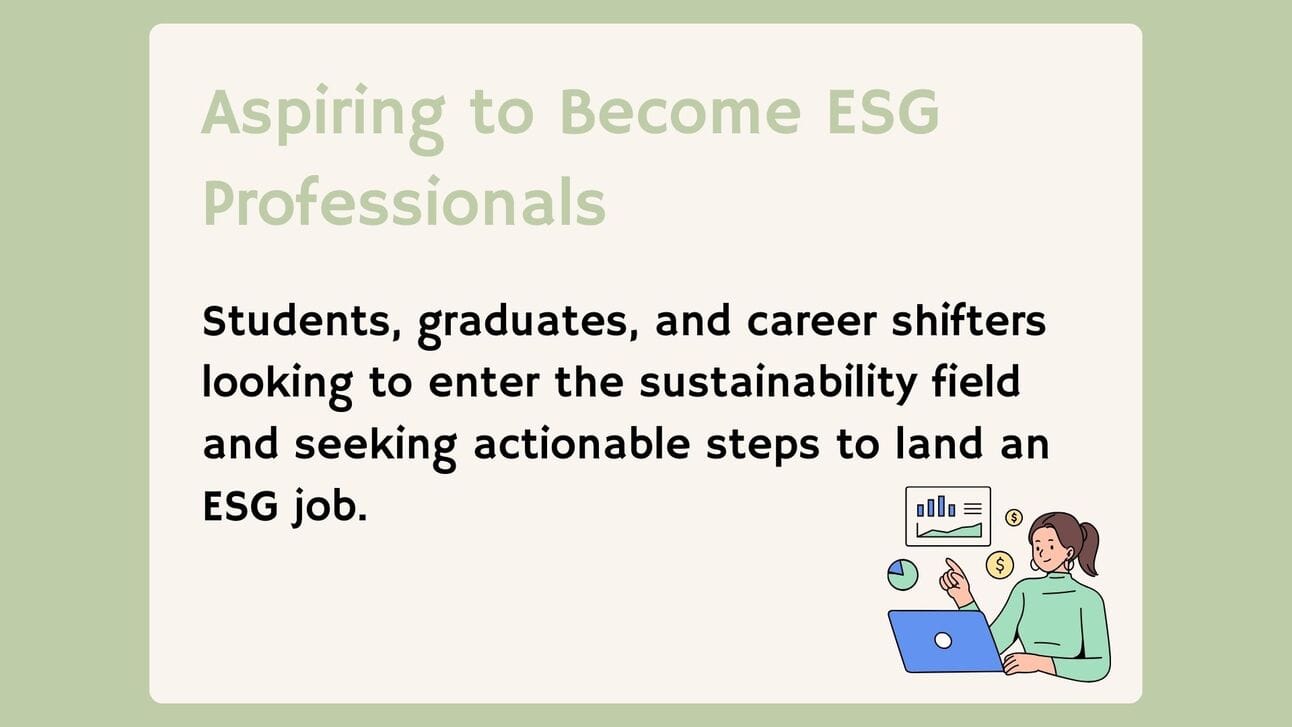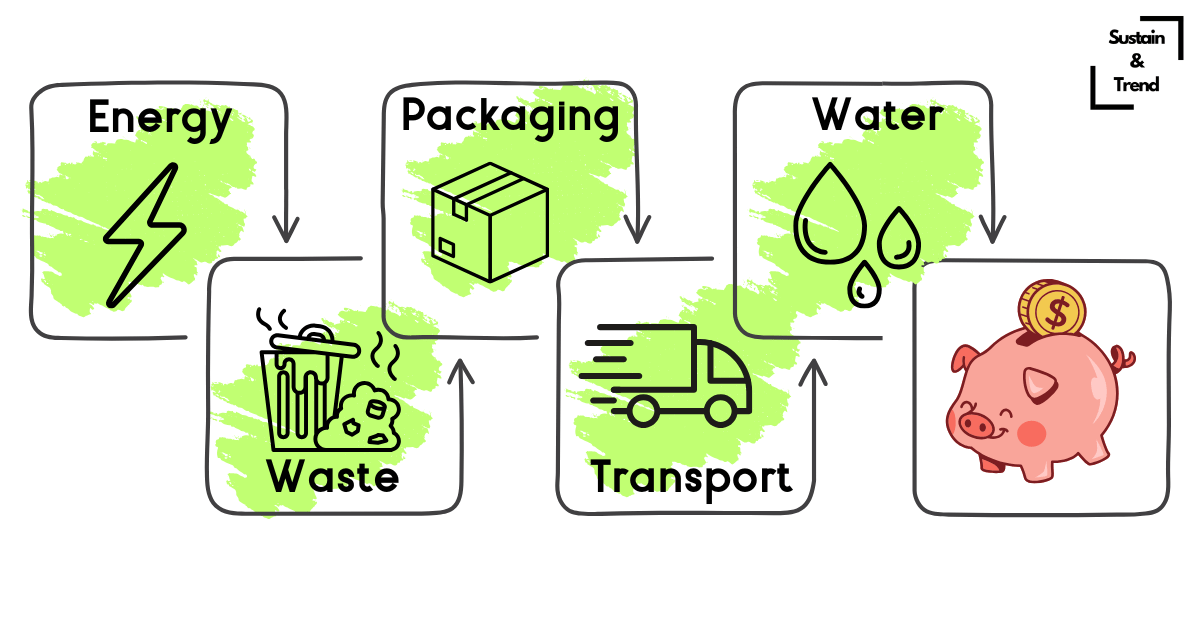First, I want to take a moment to thank all of you for your continued support and engagement with SustainaTrend. We recently surpassed 3,000 subscribers, and I couldn’t be more grateful for this growing community of like-minded professionals. Your feedback in our past surveys has been invaluable, and it’s clear that many of you want more actionable, focused articles—something I’m deeply committed to delivering.
This newsletter isn’t about sharing the latest company announcements or trending news. Instead, I aim to provide real value—insights and strategies that help you (and even me) excel as professionals in the sustainability and ESG space. Whether you're tackling big projects, navigating new regulations, or simply trying to refine your approach, this space is for actionable steps, not fluff.



With that in mind, today’s topic is all about tangible, proven sustainability practices—five strategies that not only drive positive environmental outcomes but also deliver measurable business results.
What does a sustainability professional actually do?
Some see us as climate warriors—measuring carbon footprints and driving decarbonization. 🌱
Others think we’re all about circularity—reducing waste, promoting recycling, and embedding eco-friendly practices in design.
The truth?
We do everything… and yet, nothing directly.
Confused? Let me explain.
Our role isn’t about executing every initiative ourselves. It’s about ensuring that sustainability is embedded into every part of the organization.
We inform. We align. We build a culture where sustainable practices are second nature.
But here’s the challenge: convincing stakeholders to invest in sustainability.
Their priority? Profitability.
Our mission? Showing them that sustainability is profitability.
So how do we bridge that gap?
Well, here are 5 Proven Sustainable Practices That Boost Profitability and see how you can implement them in your work.
1. Energy Efficiency: Reduce Costs and Carbon Emissions

Energy efficiency is one of the easiest ways to lower operational costs while reducing your environmental impact. By upgrading systems like lighting, HVAC, and insulation, companies can cut energy use significantly.
Actionable Steps:
Replace traditional lighting with energy-efficient LED bulbs.
Conduct an energy audit to identify high-consumption areas.
Install efficient HVAC systems and improve building insulation.
Real-World Example:
Walmart saved millions annually by switching to LED lighting in its stores while drastically reducing carbon emissions.
Why It Works: Energy efficiency leads to immediate cost savings and long-term operational improvements, all while reducing greenhouse gas emissions.
Start learning AI in 2025
Everyone talks about AI, but no one has the time to learn it. So, we found the easiest way to learn AI in as little time as possible: The Rundown AI.
It's a free AI newsletter that keeps you up-to-date on the latest AI news, and teaches you how to apply it in just 5 minutes a day.
Plus, complete the quiz after signing up and they’ll recommend the best AI tools, guides, and courses – tailored to your needs.
2. Waste Reduction: Save Money and Generate Revenue

Effective waste management is no longer just a compliance issue—it’s a strategic opportunity. By adopting zero-waste manufacturing or creating closed-loop systems, businesses can minimize disposal costs and even generate revenue from by-products.
Actionable Steps:
Implement recycling and reuse programs for production waste.
Explore partnerships to repurpose waste into new products.
Set a company-wide zero-waste goal.
Real-World Example:
Toyota’s zero-waste processes eliminate disposal costs and turn by-products into valuable resources.
Why It Works: Waste reduction not only cuts costs but can also open up new revenue streams and strengthen your brand’s sustainability credentials.
3. Water Efficiency: Lower Consumption and Costs

Water scarcity is a global concern, and businesses that prioritize water efficiency can lower costs and enhance their reputation. Efficient irrigation, recycling water, and upgrading industrial processes can significantly reduce water usage.
Actionable Steps:
Install systems for water reuse and recycling in operations.
Invest in water-efficient equipment.
Monitor water use with smart technology to identify inefficiencies.
Real-World Example:
PepsiCo’s water reuse systems save millions of liters annually, reducing both costs and environmental impact.
Why It Works: Water efficiency is not just about cost savings; it’s about ensuring long-term operational sustainability in water-scarce regions.
4. Sustainable Packaging: Cut Costs and Appeal to Consumers

Sustainable packaging not only reduces waste but also aligns with consumer demand for eco-friendly products. Lightweight, recyclable, or biodegradable materials can reduce packaging costs and enhance brand loyalty.
Actionable Steps:
Transition to biodegradable or recyclable packaging materials.
Redesign packaging to reduce weight and waste.
Collaborate with suppliers to source eco-friendly options.
Real-World Example:
Unilever reduced packaging costs and transportation expenses by optimizing packaging design and weight.
Why It Works: Consumers are willing to pay more for sustainable packaging, making it a win-win for profitability and brand appeal.
5. Transportation Efficiency: Optimize Operations and Reduce Emissions

Transportation is a major cost driver for businesses, but optimizing logistics and adopting greener technologies can lead to significant savings. Fleet management software, electric vehicles (EVs), and eco-driving practices all contribute to cost reduction and emissions cuts.
Actionable Steps:
Use route optimization software to reduce mileage and fuel costs.
Transition your fleet to EVs or hybrids.
Train drivers in eco-driving techniques to improve fuel efficiency.
Real-World Example:
UPS’s route optimization software saved millions in fuel costs while reducing emissions and improving delivery times.
Why It Works: Transportation efficiency reduces operating costs and strengthens your company’s environmental performance.
The Bottom Line
Sustainability professionals often juggle multiple priorities, from carbon reduction to waste management, while convincing stakeholders that these efforts align with business goals. The practices outlined above demonstrate that sustainability is not just an environmental imperative but a strategic business advantage.
These aren’t small, symbolic actions—they’re scalable initiatives with proven results. By implementing these strategies, you can drive measurable business outcomes while helping your organization lead the way in sustainability.
What steps will you take next to integrate profitability and sustainability?
If you’re ready to step confidently into the dynamic world of sustainability, the first step is building a solid foundation. Understanding ESG principles and learning how to apply them in real-world contexts is essential for navigating this rapidly evolving field and unlocking new career opportunities.
That’s why I’m thrilled to introduce The ESG Masterclass for Non-Experts—a course designed to bridge the gap between knowledge and action.
💡 Why Join This Masterclass?
Simplify Complexity: Breaks down ESG concepts into clear, practical insights that you can apply immediately.
Action-Oriented: Provides real-world strategies for implementing ESG across environmental, social, and governance dimensions.
Career-Ready Resources: Includes tools like an ESG Terminology Cheat Sheet and a comprehensive ESG Career Guide to help you stand out in the field.
Whether you're just transitioning into sustainability or looking to expand your expertise, this masterclass equips you with the knowledge, confidence, and tools to excel in this exciting field.
👉 Join the waitlist today to be the first to know when the course launches—and enjoy an exclusive 20% discount as a subscriber!
If you are enjoying this content don’t forget to follow me on LinkedIn for more updates and insights.
Also subscribe to my YouTube channel for upcoming content—stay tuned for exciting videos! Once we hit 500 subscribers, I'll start transforming all the content into engaging video format. Stay tuned!

1 Must-See Post: Leading the LinkedIn Feed
Here you can find this post from last week Link





